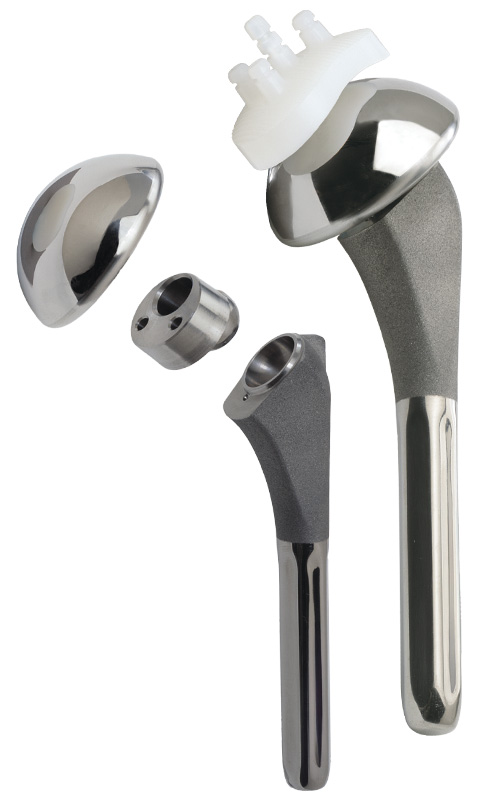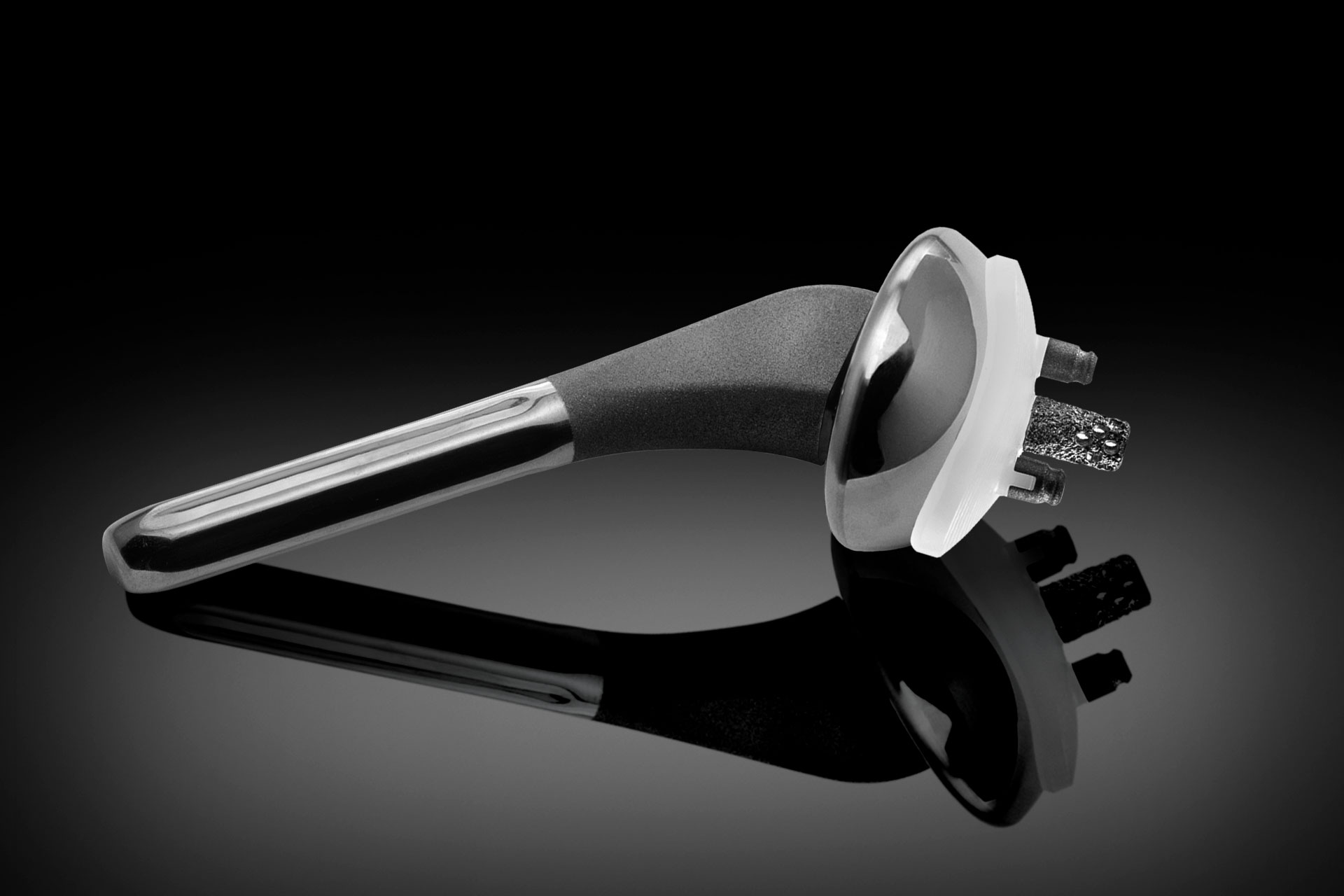Data-driven shoulder arthroplasty designed to preserve bone, optimize fixation, and improve outcomes—powered by 20+ years of clinical use.
Primary Shoulder System
The Equinoxe Primary System redefines “anatomical.” The anatomic (primary) shoulder allows the surgeon to replicate a patient’s unique anatomy by independently adjusting parameters in situ.
Equinoxe Primary Shoulder System Features and Benefits

Equinoxe Primary Shoulder System Resources
- Roche, C. et al. Computer Assessment of Scapula Cortical and Cancellous Bone Removal when Correcting a Posterior Defect Using 3 Different Glenoid Prosthesis Designs. Trans. of the 59th Annual ORS Meeting. 2013.
- Roche, C. et al. Biomechanical Analysis of 3 Commercially Available Reverse Shoulder Designs in a Normal and Medially Eroded Scapula. Trans. of the 59th Annual ORS Meeting. 2013.
- Roche, C. et al. Impact of Scapular Notching on Reverse Shoulder Glenoid Fixation. Trans. of the 59th Annual ORS Meeting. 2013.
- Roche, C. et al. A Comparison of Glenoid Fixation using Two Different Reverse Shoulder Designs with an Equivalent Center of Rotation in a Low and High Density Bone Substitute. Trans. of the 59th Annual ORS Meeting. 2013.
- Crosby, L.A. et al. Revision Total Shoulder Arthroplasty with and without Humeral Stem Removal: How Much of a Difference Does it Make in the Overall Results? Trans of the 23rd Annual BESS Scientific Meeting. 2012.
- Anglin C, et al. Mechanical testing of shoulder prostheses and recommendations for glenoid design. J Shoulder Elbow Surg. 2000;9(4):323-31.
- Walch G, et al. The influence of glenohumeral prosthetic mismatch on glenoid radiolucent lines. J Bone Joint Surg. 2002;84-A(12):2186-91.
- Karduna AR, et al. Glenohumeral joint translations before and after TSA. J Bone Joint Surg. 1997; 79-A(8):1166-74.
These products are manufactured by Exactech, Inc. and distributed by Advita Ortho, LLC.


